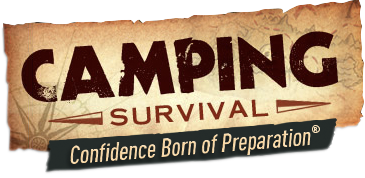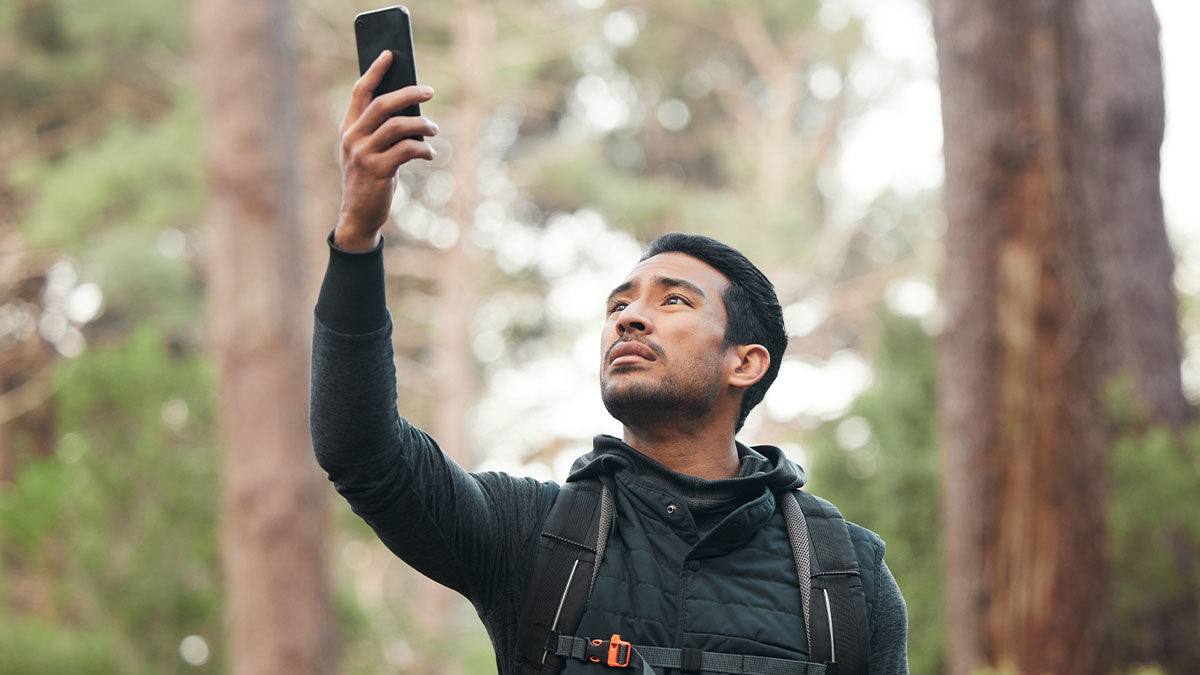The digital world has given us many tools, GPS being one of the most influential. It has revolutionized how we travel, making global navigation possible with the simple tap of a screen.
However, relying solely on technology may leave you vulnerable in emergency situations, especially when the power's out or you're in areas with no reception.
Thankfully, both history and nature provide us with helpful cues to navigate our world, even without the digital assistance.

Urban Navigation: Deciphering the Cityscape
Modern cities, despite appearing chaotic, bear the imprints of their histories and are organized around human routines. This offers several clues to an observant traveler.
1. Historical Landmarks and Architecture
In many European towns—as well as old cities around the world—the central square is typically anchored by a church or cathedral, often the oldest building in the area.
Finding an old church or a central square can guide you toward the heart of the town and allow you to reorient yourself. This even helps from a distance if you can spot the tall spires and towers.
2. Pedestrian Flow
The modern cityscape may seem chaotic, but there's an underlying rhythm that can be tapped into.
Observe pedestrian flow during peak hours of activity. In the morning, people often move towards business districts, schools, and transportation hubs. In the evening, the flow is usually reversed.
Understanding this rush hour rhythm can help you discern the general direction of important landmarks or exits.
Related Read: Urban Preparedness Tips
3. Satellite Dishes
While they might seem like passive receptors, satellite dishes can also guide you. In the northern hemisphere, satellite dishes usually face south to get a clear signal from geostationary satellites orbiting the equator.
By spotting the direction of a cluster of satellite dishes, you can then find an approximate north-south line.
4. Transportation Lines
Buses and trams generally move from suburbs and remote areas toward central hubs, like a city center. Following these tracks and routes—especially if they are heading inbound—can lead you to a central location as well as other modes of transportation.
5. Shop Orientation
Shops, especially cafes and breakfast joints, often face the east to capitalize on the morning sun and create a warm, inviting atmosphere.
Pubs and dinner restaurants, on the other hand, tend to face west to welcome the evening glow. Observing the layout of these establishments can give you an east-west orientation.

Rural and Mountain Navigation: Reading Nature's Signs
Venturing into the backcountry or mountainous terrain poses different challenges, especially when the digital signal is a luxury.
Related Read: The Survivalist's Guide to Not Getting Lost
1. Observing the Stars
For centuries, sailors and desert nomads used star constellations for navigation. The North Star, or Polaris, serves as one such celestial signpost in the northern hemisphere. Its position—almost directly above the North Pole—renders it nearly stationary in the sky, making it an exceptional reference point for those traveling in northern areas.
A simple way to find the North Star is to first locate the Big Dipper. Two stars on the outer edge of the Big Dipper's bowl are called the "pointer" stars. If you draw an imaginary line connecting these stars and extend it outwards, it will lead you right to the North Star.
2. Sun Movements
The sun’s predictable trajectory is an invaluable tool for navigation. Its consistent rise in the east and set in the west—regardless of one's location on Earth—provides a foundational understanding of cardinal directions.
However, by observing the sun's position during midday when shadows are shortest, you can deduce the north-south line. Make this easier by placing a stick upright in the ground around noon and observe the direction of its shadow.
This method, while simple, has helped countless individuals get their bearings and find their way in unfamiliar terrains throughout time.

3. Water Flow
Nature has a way of creating paths, even in the most rugged terrains. Streams, birthed from melting snow or underground springs, are no exception. They instinctively carve their courses downhill, obeying the pull of gravity and the path of least resistance.
This is more evident in mountainous terrains, as water winds its way down slopes and navigates through crevices, rocks, and forests. As these smaller water bodies flow, they often merge, growing in volume and size, converging to form larger rivers or gathering in the valleys below.
For the lost traveler, following the direction of a stream or river downstream could increase the chances of encountering larger water bodies, which have been magnets for human settlements historically.
Related Read: Backbone of Survival - The 10 C's
4. Animal Trails
The world of wildlife is filled with routines and patterns, many of which are driven by their basic survival needs. As creatures move through their habitats in search of food, water, or shelter, they often tread the same paths repeatedly and carve out discernible trails in the landscape.
For someone navigating unfamiliar terrain, these animal trails can be invaluable. By understanding that animals need many of the same basic resources as humans, one can infer that following such a trail might lead to water or areas rich in food sources.
However, it's essential to approach with caution and common sense. Some trails might lead to a predator's den or be frequented by large animals. But, with careful observation and respect for nature, these paths can offer a shortcut to the resources needed for survival.
The Importance of Old-School Navigation Skills
While technology has undeniably made our lives easier, being too reliant on it can be dangerous, especially in situations where technology fails. Urban landmarks, nature's signs, and a bit of observational skill can guide you when technology cannot.


2 comments
Great Reminder! Thanks
At my age I still like the old maps and a compass !